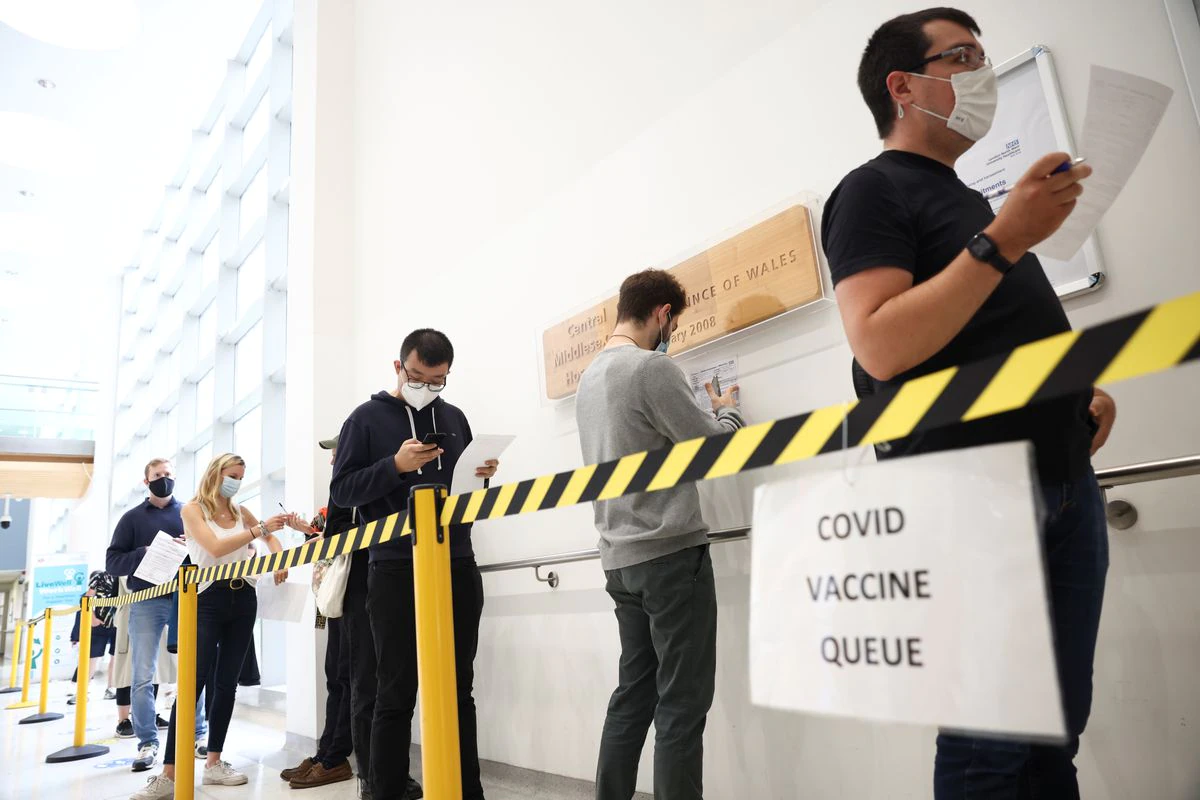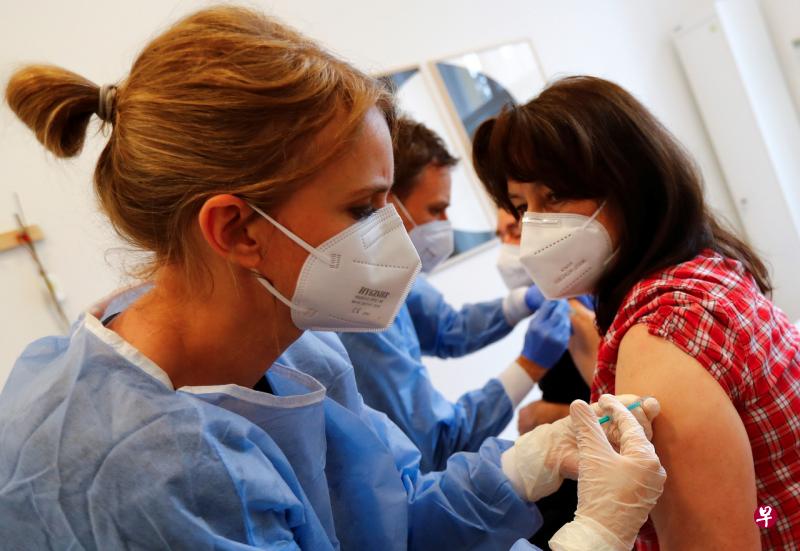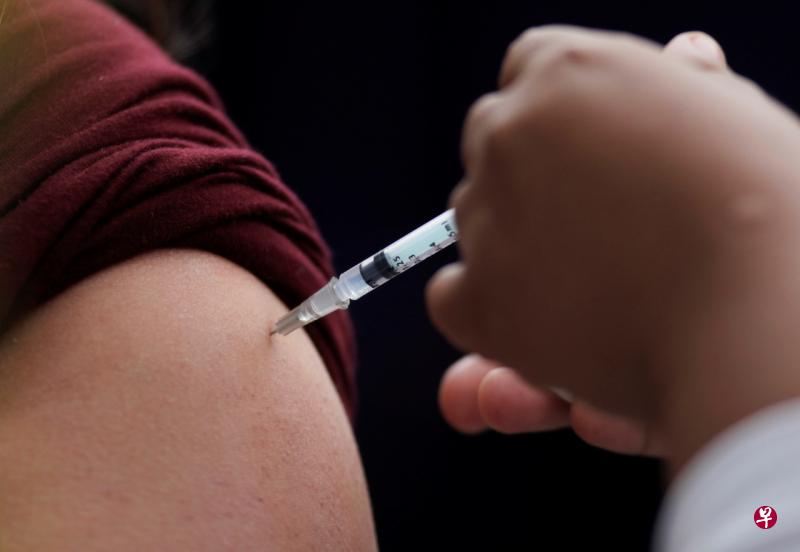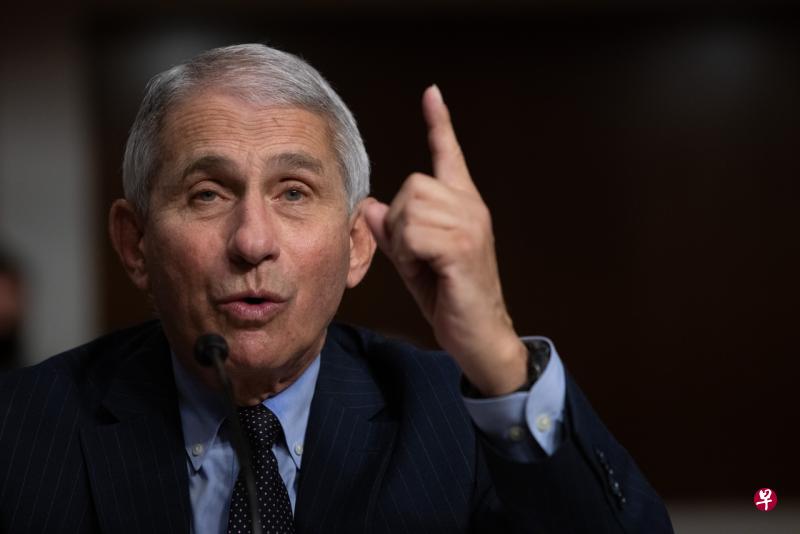欧洲药管局: 不确定女性接种阿斯利康疫苗是否更易出现血栓
文 / 张佳莹
9/17/2021

(早报讯)欧洲药品管理局(EMA)无法从现有数据中确认妇女和年轻人在接种阿斯利康冠病疫苗后是否更容易出现血小板低的罕见血栓。
欧洲药品管理局周五(17日)表示,由于数据收集方式受限,当局无法确定任何特定的风险因素使血栓形成与血小板减少综合征(TTS)的可能性更大。
在今年早些时候出现与Vaxzevria疫苗相关的血小板减少综合征报告后,欧盟委员会曾要求欧洲药品管理局提供科学意见,这导致许多欧盟国家暂停使用曾经被认为是该地区接种计划关键的疫苗。
欧洲药品管理局重申,阿斯利康疫苗的第二剂继续在第一剂之后的四到12周内接种。它说:“没有证据表明推迟第二剂对血小板减少综合征的风险有任何影响。”
它还说,目前还不能就使用第一剂阿斯利康疫苗后使用不同的第二剂疫苗给出明确建议。
研究:辉瑞和阿斯利康冠病疫苗有效性在三个月内减弱
文 / 林煇智
8/19/2021

(早报讯)英国牛津大学一项公共卫生研究发现,在对抗德尔塔变异病毒,辉瑞与阿斯利康冠病疫苗的效力会在三个月内减弱。
路透社报道,牛津大学的研究人员说:“两剂辉瑞疫苗在对抗冠病具有更大的初始效应。但与两剂阿斯利康疫苗相比,这种有效性下降得更快。”
这项未经同行评审的研究是基于英国国家统计局的一项调查结果。该局从去年12月到本月对随机选择的家庭进行了测试。
根据在英国各地采集的超过300万份鼻咽拭子,研究发现,接种辉瑞或阿斯利康疫苗第二剂的90天后,预防染疫的效力分别从打完第二剂两周后的85%和68%降至75%和61%,而疫苗效力减弱的现象在35岁以上群体比35岁以下更显著。
报道称,这份研究凸显出感染德尔塔变异毒株增加的风险,也显示完整接种疫苗后仍染疫者体内病毒含量往往与未接种疫苗的染疫者相似。
British study shows COVID-19 vaccine efficacy wanes under Delta
By Ludwig Burger
8/19/2021

Aug 19 (Reuters) – A British public health study has found that protection from either of the two most commonly used COVID-19 vaccines against the now prevalent Delta variant of the coronavirus weakens within three months.
It also found that those who get infected after receiving two shots of either the Pfizer-BioNTech (22UAy.DE) or the AstraZeneca (AZN.L) vaccine may be of greater risk to others than under previous variants of the coronavirus.
Based on more than three million nose and throat swabs taken across Britain, the Oxford University study found that 90 days after a second shot of the Pfizer or Astrazeneca vaccine, their efficacy in preventing infections had slipped to 75% and 61% respectively.
That was down from 85% and 68%, respectively, seen two weeks after a second dose. The decline in efficacy was more pronounced among those aged 35 years and older than those below that age.
“Both of these vaccines, at two doses, are still doing really well against Delta… When you start very, very high, you got a long way to go,” said Sarah Walker, an Oxford professor of medical statistics and chief investigator for the survey.
Walker was not involved in work on AstraZeneca’s vaccine, which was initially developed by immunology experts at Oxford.
The researchers would not project how much more the protection would drop over time, but suggested that the efficacy of the two vaccines studied would converge within 4-5 months after the second shot.
Highlighting the increased risk of contagion from the Delta variant, the study also showed that those who do get infected despite being fully vaccinated tend to have a viral load similar to the unvaccinated with an infection, a clear deterioration from when the Alpha variant was still dominant in Britain.
The Oxford findings are in line with an analysis by the U.S. Centers for Disease Control and Prevention (CDC) and come as the U.S. government outlines plans to make COVID-19 vaccine booster shots widely available next month amid a rise in Delta variant infections. It has cited data indicating diminishing protection from the vaccines over time.
Israel began administering third Pfizer doses last month to confront a surge in local infections driven by Delta. Several European countries are also expected to begin offering boosters to the elderly and people with weak immune systems.
Pfizer has said its vaccine’s efficacy drops over time. Last month AstraZeneca said it was still looking into how long its vaccine’s protection lasts and whether a booster dose would be needed to keep up immunity.
“The fact that we do see … more viral load hints (…) that indeed herd immunity might become more challenging,” said co-author Koen Pouwels, also of Oxford University.
Herd immunity is when a large enough portion of the population is immune to a pathogen, either by vaccination or prior infection, stopping infection numbers from growing.
“Vaccines are probably best at preventing severe disease and slightly less at preventing transmission,” said Pouwels.
The authors cautioned that the viral concentration in the throat was only a rough proxy for severity of symptoms and that they had no new data on the duration of infections.
The survey, which has yet to be peer-reviewed before publication in a scientific journal, underscores concerns by scientists that the Delta variant, first identified in India, can infect fully vaccinated people at a greater rate than previous lineages, and that the vaccinated could more easily transmit it.
To contrast periods before and after Delta became prevalent, the Oxford researchers analysed about 2.58 million swabs taken from 380,000 randomly picked adults between Dec. 1, 2020, and May 16, 2021, and 810,000 test results from 360,000 participants between May 17 and Aug. 1.
The study was conducted in partnership with Britain’s Office of National Statistics (ONS) and the Department for Health and Social Care (DHSC).
德尔塔变种病毒占美国新病例逾93%
文 / 林煇智
8/04/2021

(早报讯)德尔塔变种病毒占全美国新增确诊病例超过93%,其中一些州的感染率更是高达98%。
美国有线电视新闻网报道,美国疾病控制与预防中心在7月最后两周统计的数据显示,感染德尔塔变异毒株的病例约占全美新增确诊病例的93.4%。
在美国的部分地区,这一比例甚至更高。在艾奥瓦州、堪萨斯州、密苏里州和内布拉斯加州,感染德尔塔变种病毒的病例在新增确诊病例中的占比超过98%。
德1万3000人完成接种依旧感染冠病
文 / 许禄艺
5/16/2021

(早报讯)根据德国联邦卫生部当地时间周五(5月14日)发布的数据,该国目前完成全部疫苗接种的人数已超过800万,但其中仍然有约1万3000人的冠病病毒检测结果呈阳性,占比0.16%,死亡人数为662人;接种过第一剂疫苗的人数已超过2850万人,其中有约4万4000人感染冠病病毒,占比0.15%,死亡人数达到约2000人。
根据德国联邦卫生部的说法,目前还不能确定完成全部疫苗接种人员的具体感染时间,究竟是在接种第二剂疫苗后的14天之内还是之外。
德国卫生部指出,冠病疫苗虽然在大部分情况下可以显着降低感染风险,但无法百分之百保证。而且,在接种完第二剂疫苗之后,人体一般需要大概两周的时间才能建立起完全的保护机制。
Six Spaces Home Staging

Contact: Hongliang Zhang
Tel: 571-474-8885
Email: zhl19740122@gmail.com
打完疫苗后却确诊 专家:疫苗并不会马上出现保护作用
文 / 潘万莉
12/30/2020

(早报讯)美国一名急诊科护士18日接种冠病疫苗后,仍旧在八天后确诊。传染病专家表示,疫苗并不会马上出现保护作用,至少得等10至14天后才有效;另外,冠状病毒的潜伏期较长,护士也可能在注射前就染疫。
根据报道,美国加州圣地牙哥一名45岁急诊室护士马修在18日接种了辉瑞的冠病疫苗,当时出现的副作用仅有手臂肌肉酸痛,没想到他却在24日出现发冷、全身肌肉疼痛和疲劳等症状,最后在26日经检测后发现确诊冠病。
圣地牙哥家庭健康中心传染病专家拉莫斯表示,这种状况其实并不意外,因为疫苗接种后,大约还需要10至14天才会出现防护效果,且还需要注射第二剂疫苗,“第一次注射的保护力约在50%,第二次则会提高到95%。”
拉莫斯说,这一切都代表着,尽管疫苗是一切结束的开始,但还是必须坚持基本的公卫守则,“总而言之,戴口罩、洗手并保持社交距离才是最重要的防疫措施。”
福奇:冠病早期治疗或是走向疫苗的桥梁
文 / 林煇智
9/27/2020

(早报讯)美国国家过敏和传染病研究所所长安福奇称,阻止2019冠状病毒疾病(COVID-19)在体内传播的单克隆抗体(monoclonal antibody),是疫苗面市前避免病毒导致严重疾病的策略之一。
彭博社报道,福奇表示,当局在研究把基于抗体的药物,以及其他来自康复患者的血液制品和抗病毒药作为早期治疗方法,而其目的是为了防止患者出现严重肺损伤。
福奇说:“我们现在非常重视早期感染的治疗或预防感染。那是通往疫苗的桥梁。”
福奇说,在美国针对SARS-CoV-2的免疫可能会于11月或12月开始,不过可能至少要到2021年第三季度才能让大多数美国人得到保护,以大大减轻这种大流行病毒的威胁。
福奇说,美国在12月份可能生产1亿剂疫苗,而美国旗下的六家药厂公司打算在明年4月前生产7亿剂。


